List of green manure plants that can be used as fertilizer
Sideration is an agrotechnological technique that allows you to maintain and increase soil fertility and reduce or completely eliminate the introduction of chemical fertilizers. For this, green manure plants are used, which not only are a source of nutrients for the main crops, but also heal the soil.
Why do you need sideration?
Green manure is a source of nitrogen, starches, proteins and sugars. In addition, they accumulate hard-to-reach elements such as magnesium, sulfur, phosphorus, magnesium and calcium. If they are not grown in the area where the main crop is sown or planted, then their green mass is used. It can be composted or used as mulch. But the full benefit of green manure can be obtained by growing it as a catch or complementary crop. In this case, not only the green mass is beneficial, but also the roots of the fertilizer plants.
The root system of green manure prevents the soil from overcompaction, improves its water permeability, and also helps to fight some pests, for example, a bear. The root canals can reach up to 6 meters in depth, which improves the mechanical structure of deep soil layers and prevents it from being washed out. The dead roots feed on microbes that accumulate nitrogen and worms. Worms also fertilize the soil and loosen it up.
What plants are green manure
There are about four hundred plants that are used for green manure. List of their types:
- cruciferous (cabbage);
- legumes;
- buckwheat;
- cereals;
- amaranth;
- aster.
The most common legumes are peas and vetch, alfalfa and clover, sweet clover, soy and lentils. All siderates from the legume family are nitrogen fixers. This is due to the fact that special bacteria live on their roots that are capable of retaining nitrogen, as well as transferring it from air bubbles in the soil to a plant in a form that is convenient for assimilation. Thus, nitrogen is absorbed and converted into green mass, which is used as green fertilizers.
Cruciferous siderates are mustard, rape, rapeseed and oil radish. They are popular among gardeners because they are unpretentious to the type of soil and the content of trace elements in it. They are planted to improve the soil: to combat some pests and diseases. For example, mustard accumulates sulfur, so slugs, nematodes, pea moth and wireworm leave the beds where this culture grows.
Grain green manures enrich the soil with potassium, suppress the growth of weeds and keep the fertile layer from washing out and weathering. In addition, some plants prevent the development of diseases. For example, oats prevent plants from developing root rot, rye inhibits the development of phytophthora in the soil.
It is good to sow rye in waterlogged areas, as it dries out the soil.
Which siderat is better
To get the most out of green manure, you need to know which plant is best for this purpose. To do this, you need to take into account several points:
- acidity and type of soil;
- previous and subsequent major crops;
- how and for what siderates will be used.
For example, if it is planned to plant cabbage on the site, then mustard or rapeseed will not be suitable for green manure, because these are plants from the same family. They suffer from the same diseases and attract the same pests. But legumes - chickpeas, peas, clover, saturate the soil with nitrogen, and calendula or phacelia help with soil rehabilitation. Below is a table of which green manure to sow in the country, based on predecessor crops.
| Siderat | Precursor culture |
|---|---|
| mustard | potatoes |
| buckwheat | legumes, cereals |
| clover | any |
| lupine | cereals, annual grasses |
| phacelia | tomatoes, potatoes, cucumbers, |
| sainfoin | any |
| rape | cereals and annual grasses |
| oil radish | early vegetables, winter crops, grapes |
Soil acidity and composition
Most agricultural crops prefer soil with neutral acidity (pH) or with small deviations from it - from 6.2 to 7.5. The increased content of alkaline salts or acids in the soil prevents the development of soil-forming bacteria and the absorption of nutrients by plants. The herbs that are used for green manure also have their own preferences. For example, sowing legumes in an area with high acidity does not make sense, since the bacteria that help to assimilate nitrogen will die, and the plants will not receive the necessary nutrients. Cruciferous (cabbage) in conditions of high acidity get sick with keel, because such an environment is preferred by the parasitic fungus, the causative agent of the infection Plasmodiophora brassicae.
But, just when the pH value deviates from the norm, green manure is necessary for the soil. This is one of the necessary agricultural practices, since without it, farming leads to depletion of land. In the absence of green fertilizer, and accordingly organic matter, the natural mechanism of self-regulation is disrupted. After all, we harvest, leaving the land devastated, without the necessary elements, which leads to impoverishment of the soil and disruption of the acid balance.
Sowing with green manure allows you to replenish the reserves of trace elements after each harvest, which over time leads to the normalization of the acid-base balance and an increase in yield. You can choose herbs, depending on the acidity of the soil, in accordance with the table.
| Soil acidity | Siderata |
|---|---|
| sour | oats, buckwheat, lupine |
| slightly acidic | clover, oil radish, seradella |
| neutral | vetch, sweet clover |
| salt marshes | amaranth, sweet clover, sainfoin |
| slightly alkaline | mustard, alfalfa, chickpeas |
| podzolic | beans |
To achieve maximum efficiency from sowing herbs - green fertilizers, you also need to select a crop depending on the type of soil. Some grasses can be sown on any soil, and some are demanding on the structure and composition of the soil. In the table below, you can choose the right crop, depending on the site.
| Soil type | Siderat |
|---|---|
| peat | oats |
| sandy | sweet clover, lupine |
| loamy | sweet clover, rapeseed, alfalfa, oil radish, rye |
| sandy loam | oats, oil radish |
| clayey | beans, rapeseed |
Mustard, phacelia, rape, sunflower can be planted on any soil.
How and when to sow green manure
The timing of sowing seeds for green manure depends on the type of sowing. There are several crops:
- independent (sideral steam);
- mixed (compacted);
- intercalary (intermediate);
- sowing;
- rocker;
- stubbly.
Self-sowing involves the use of the site throughout the season only for green manure. The use of such a technique is justified on uncultivated or low-fertile soils. In this case, the seeds are sown at the time most suitable for green fertilization. When the plants reach the required maturity, the green mass is gaining, but the seed ripening has not yet begun, the sowing is mowed and plowed. To domesticate the site, green manure is sown for 2-5 years. The green mass can be partially used for mulching in other areas. For such crops, both perennial and annual crops, including winter crops, are suitable.
Advice
It is undesirable to allow grasses to overripe, because coarse stems decompose much longer than young plants. In this case, the half-rotten mass becomes a breeding ground for parasitic fungi and various infections, which leads to soil contamination. This aspect is relevant for any type of sowing.
Intermediate seeding allows the site to be used for the main crop. For this type of greening, only annual grasses are used. They are sown after harvesting the main crop. Backroom cultivation is the alternation of strips of main and green manure crops in one field (plot). This technique is indispensable on the slopes. The strips are located across the slope, which prevents soil washout. Gardens also use curtain grass sowing in rows between trees. Seeds of perennial plants are mainly used for sowing.
It is possible to grow the main crop and green manure together on the same field - mixed sowing. In this case, the plants are selected in such a way that they do not oppress each other. To do this, their root system needs to penetrate to different depths. Siderata can be sown under the cover of the main crop or between rows. Underseeding or stubble cultivation of green manure grasses also allows efficient use of the cultivated area. Overseeding sowing - during the growing season, grasses develop under the cover of the main crop, stubble sowing - green manure seeds are sown immediately after harvesting.
When to sow green manure, you can find out from the table. There are times for the most commonly used seeds.
| Siderat | Sowing time | Readiness for mowing from the moment of sowing |
|---|---|---|
| Vika spring | all March or from June 5 to July 20 | 3 months |
| spring rape | March-August | 1-1.5 months |
| phacelia | March-August | 1-1.5 months |
| mustard | March-August | 1-1.5 months |
| donik | March-August | 2-3 months |
| fodder peas (pelushka) | March 20-August 15 | 1.5 months |
| clover | April-August | mowing 14 days before planting the main crop |
| lupine | April | 1.5 months |
| alfalfa | April 20 - May 15, July 15 - August 15 | 1.5 months |
| oil radish | April-August | 1.5-2 months |
| winter rape | 20 days before sowing winter cereals | mowing in early spring next year |
| rye | August 25-September 20 | mowing in the spring-summer period next year |
How to prepare fertilizer from green manure plants
Do I need to dig up siderates? The answer to this question depends on the form in which the natural fertilizer will be applied and in what time frame is mowing.Green manure from green manure can be applied in the following forms:
- In its natural form, when the green mass is dug up or plowed into the ground.
- In the form of humus, preparing compost.
- Like liquid fertilizer.
The plowing of green manure can be full, cut and aftermath. In the first case, all the green mass and roots of plants are plowed into the ground, with mowing plowing only the green mass, and with the aftermath - the roots and root part of the plants. Mowing plowing is practiced when sowing by wings and in all cases when green manure is mowed in other areas.
Advice
When plowing green mass in the autumn, it should be borne in mind that plants decompose poorly in cold weather. Some agronomists advise leaving the cuttings on top of the beds. If a winter crop was chosen as a green fertilizer, then it is better to mow it in spring.
Compost fertilization takes time to ripen. It is prepared from green and root mass of plants. Fallen leaves and tops from the beds can also be added there. The main thing is to make sure that no infected plants and seeds or weed roots get into the compost heap.
The experience of using liquid fertilizer is interesting. In this case, the mown green mass of green manure is folded into a container and filled with water. The resulting mixture is closed with a loose lid (for gas exchange) and left for 8-10 days. When laying the herbs, it must be borne in mind that during fermentation the level of the mixture will increase, so you cannot fill the container to the top. The resulting infusion is diluted with water 1:10 and fertilized by watering.
Sideration as part of natural farming
Growing green manure crops is not a new method, but rather a well-forgotten old one.The return of interest in this method of soil enrichment with the necessary elements is due to the fact that the long-term use of mineral fertilizers has led to the depletion and reduction of the fertile layer. After all, sowing herbs not only ensures the introduction of fertilizers, but also provides the necessary mass of organic matter, creates a favorable environment for bacteria and worms, which improve the structure and composition of the soil.
In addition, green manures attract pollinating insects, inhibit the growth of weeds, raise minerals from deep layers and, thanks to the phytoncidal effect, scare away many pests. Thus, the use of chemicals can be either completely eliminated or minimized. Taking care of the seeds for green fertilizers in advance, taking into account the acidity of the soil, its composition and other parameters, it is possible to improve the quality, yield and environmental friendliness of the grown products.
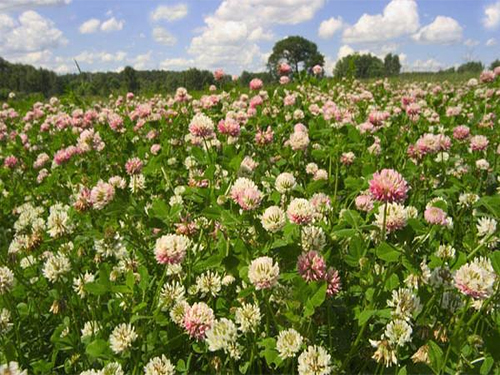
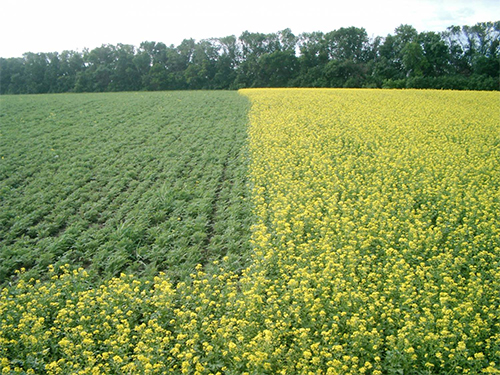
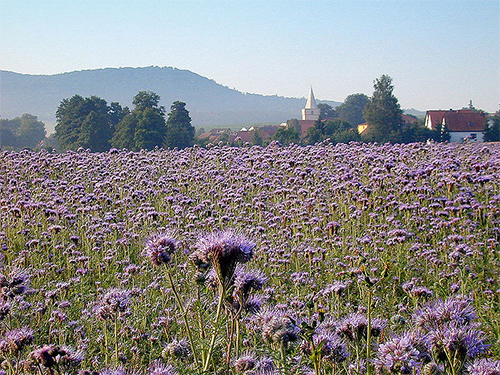
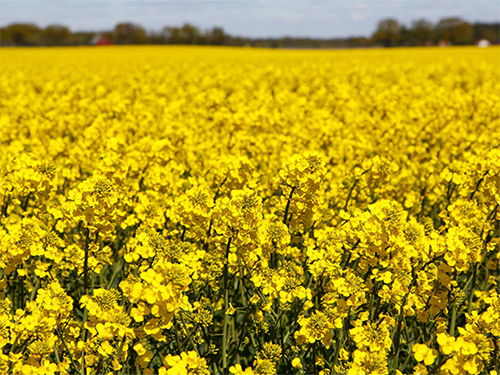
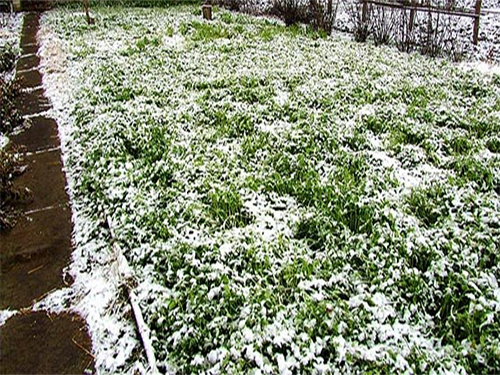
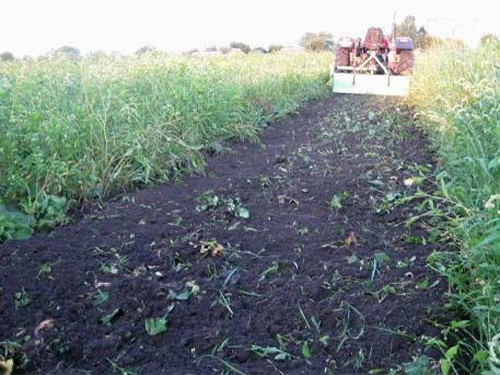
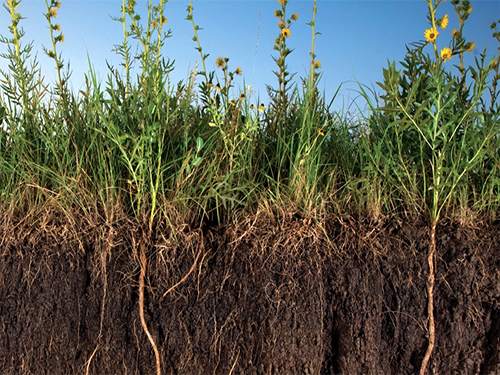
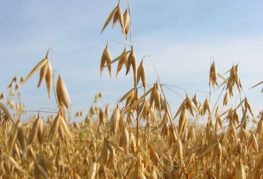
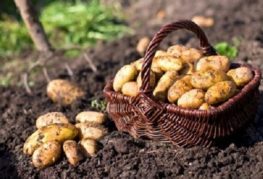

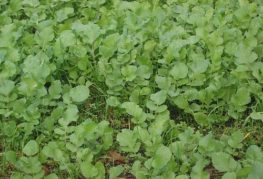
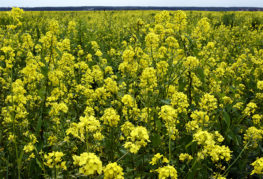
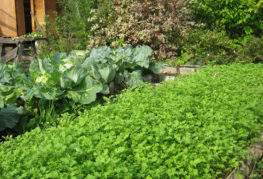
and will be published shortly.